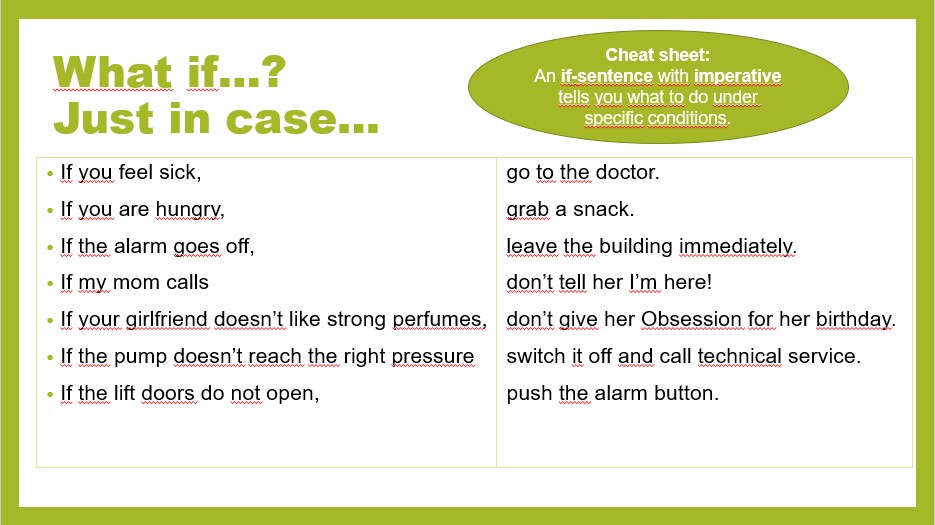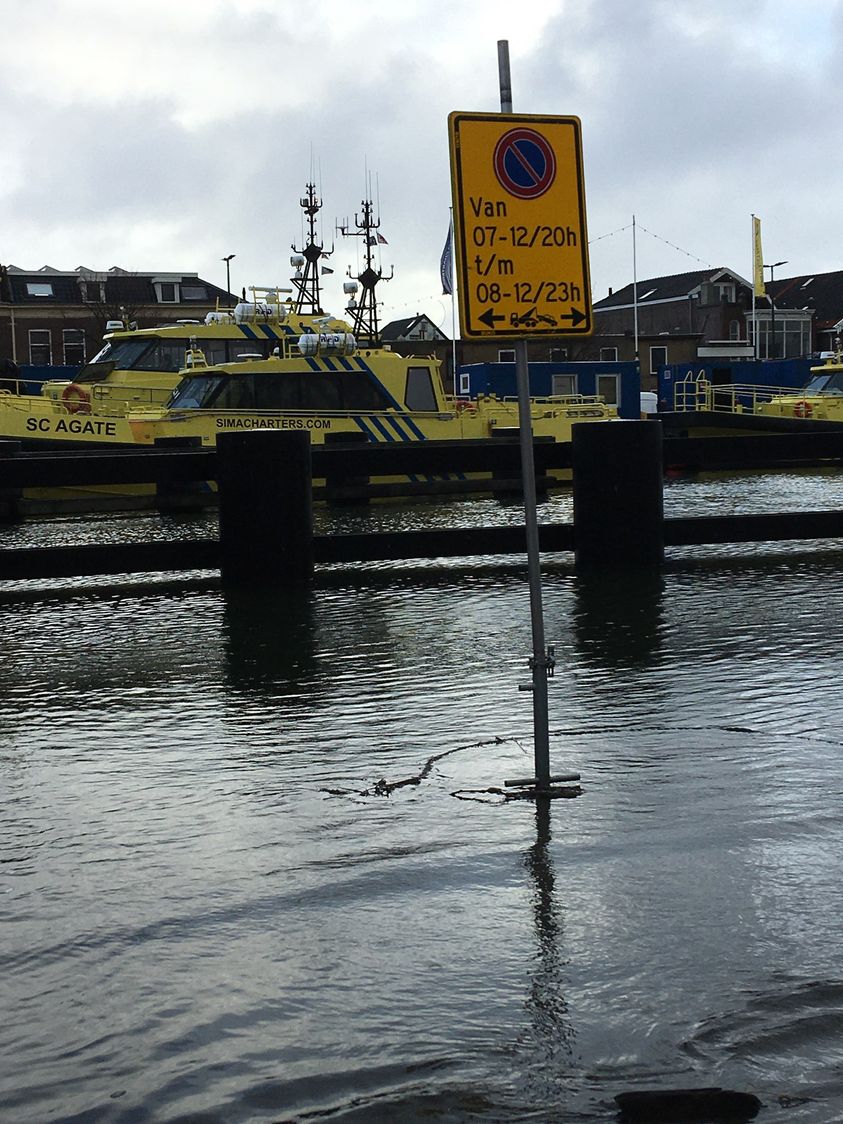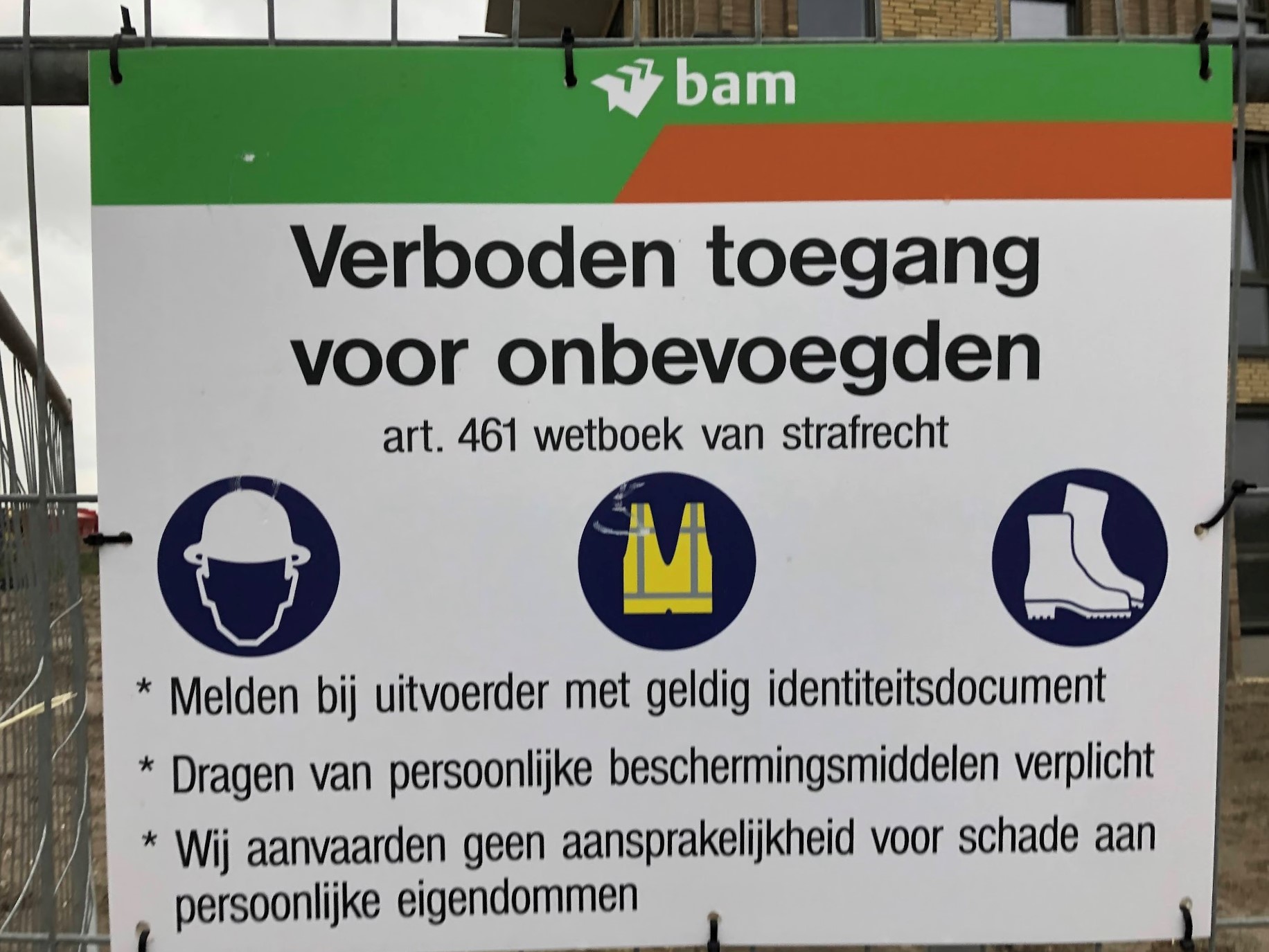Het arrangement All about safety instructions is gemaakt met Wikiwijs van Kennisnet. Wikiwijs is hét onderwijsplatform waar je leermiddelen zoekt, maakt en deelt.
- Auteur
- Laatst gewijzigd
- 14-11-2021 14:20:15
- Licentie
-
Dit lesmateriaal is gepubliceerd onder de Creative Commons Naamsvermelding-GelijkDelen 4.0 Internationale licentie. Dit houdt in dat je onder de voorwaarde van naamsvermelding en publicatie onder dezelfde licentie vrij bent om:
- het werk te delen - te kopiëren, te verspreiden en door te geven via elk medium of bestandsformaat
- het werk te bewerken - te remixen, te veranderen en afgeleide werken te maken
- voor alle doeleinden, inclusief commerciële doeleinden.
Meer informatie over de CC Naamsvermelding-GelijkDelen 4.0 Internationale licentie.
All clip art courtesy of clipart-library.com.
Avatar of Mrs. Doelman in the introduction courtesy of avatarmaker.com.
All photographs in this lesson and the practice quizzes by Jennifer M. Doelman © 2020.
Aanvullende informatie over dit lesmateriaal
Van dit lesmateriaal is de volgende aanvullende informatie beschikbaar:
- Toelichting
- Level A2(+) At the end of this lesson you will be able to 1. Understand and follow basic safety instructions used in the process industry to keep yourself and other people safe. 2. List basic Personal Protective Equipment (PPE) 2. Give a visitor such as a contractor or co-worker from another site safety instructions using: - Relevant words like PPE, Emergency, Fire Exit, Tools, Follow - Imperative (gebiedende wijs) - If and when - Sequencers (first, second, then, next, after that) After completing "Expand your horizons", you will be able to explain the difference between if and when in instructions. You will be able use if and when in your instructions to prepare your listener or reader for a situation. A2+ After taking the "Deep Dive" you will be able to use expressions such as permitted, allowed, and authorized when giving safety instructions.
- Leerniveau
- MBO, Niveau 2: Basisberoepsopleiding; MBO, Niveau 3: Vakopleiding; MBO, Niveau 4: Middenkaderopleiding;
- Leerinhoud en doelen
- Engels;
- Eindgebruiker
- leerling/student
- Moeilijkheidsgraad
- gemiddeld
- Studiebelasting
- 1 uur 15 minuten
- Trefwoorden
- imperative, instructions, ppe, safety, sequencers
Bronnen
| Bron | Type |
|---|---|
|
Valmet Safety Video https://edpuzzle.com/embed/assignments/617293b9f782fd412e5c1264/watch |
Video |
|
What words do you remember? Follow the link to the crossword to find out! https://crosswordlabs.com/view/all-about-safety |
Link |
|
Smile! Meester Gijs: imperative I (bevelen) https://youtu.be/6WC_z-mrj2A?start=28 |
Video |
|
Don't worry, be happy! Meester Gijs: imperative II (verbieden) https://youtu.be/2s4JzgkwO70?start=28 |
Video |








